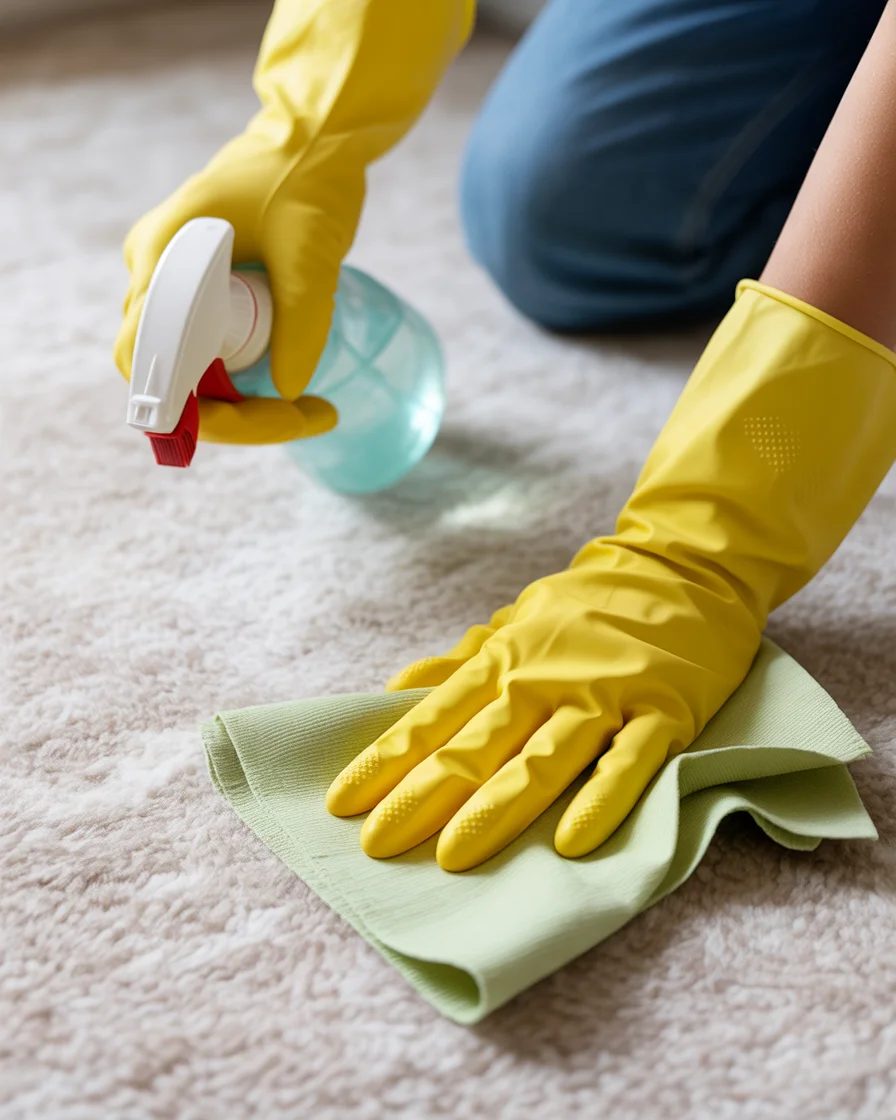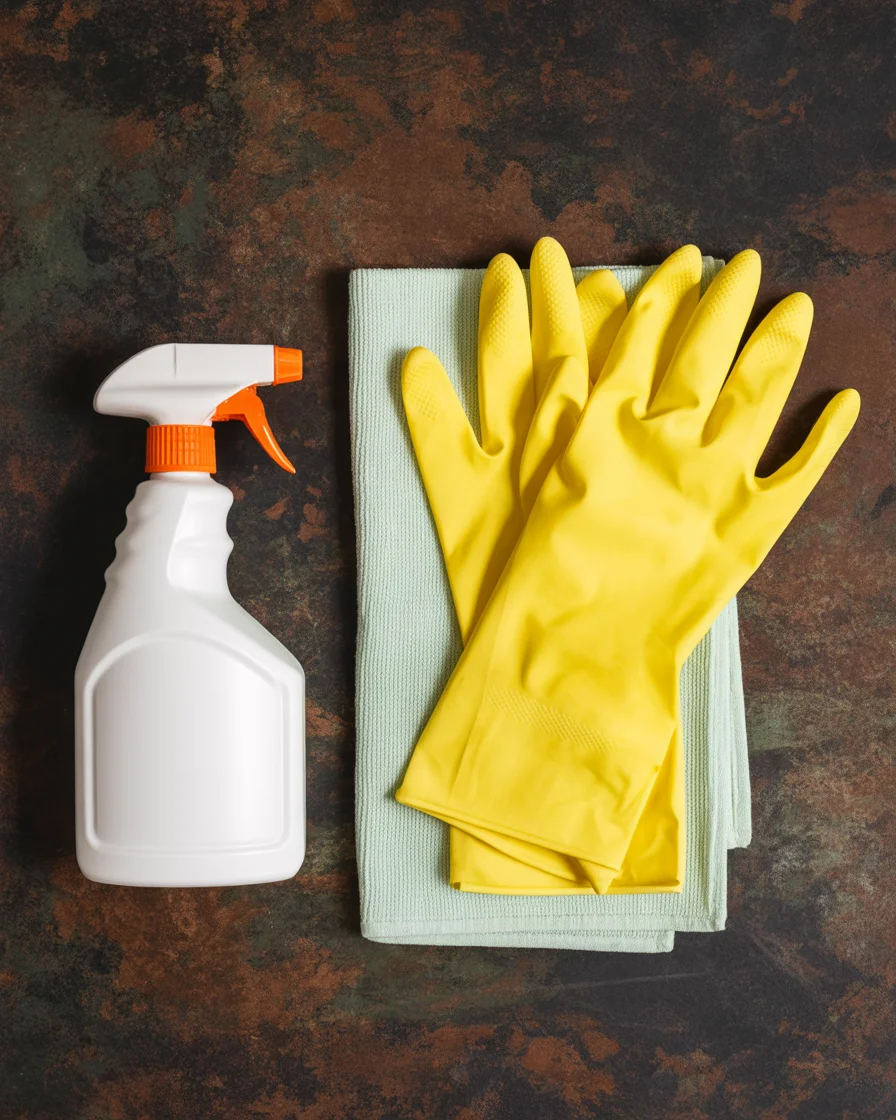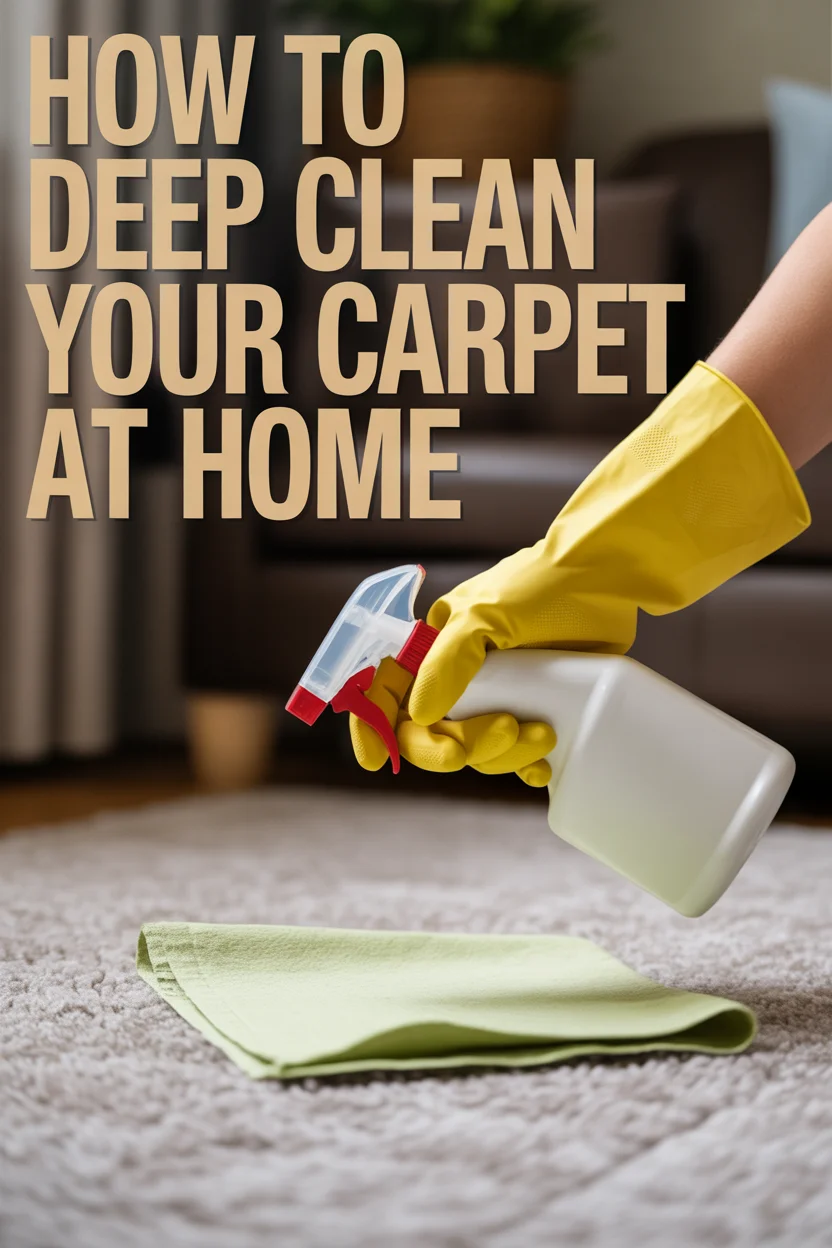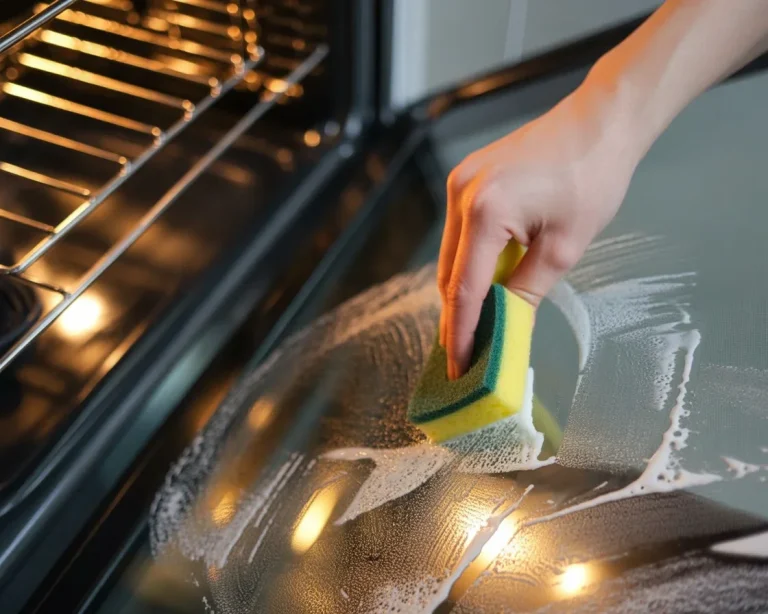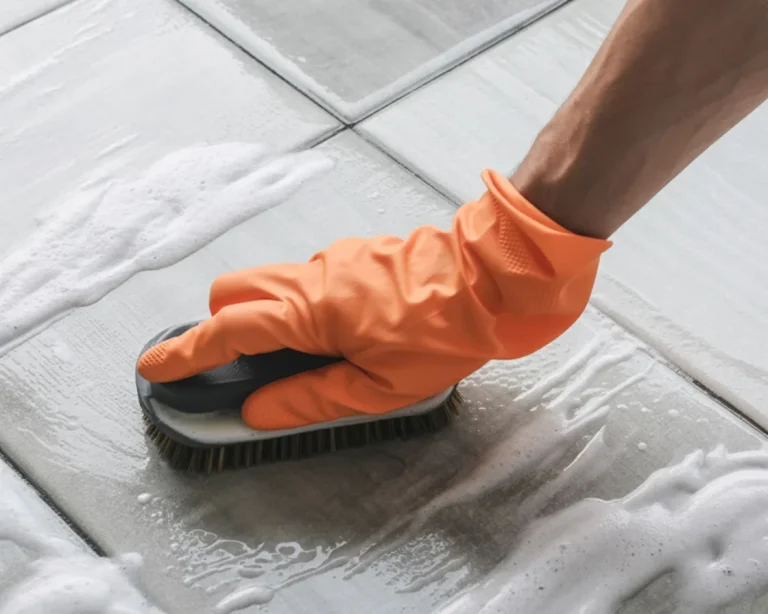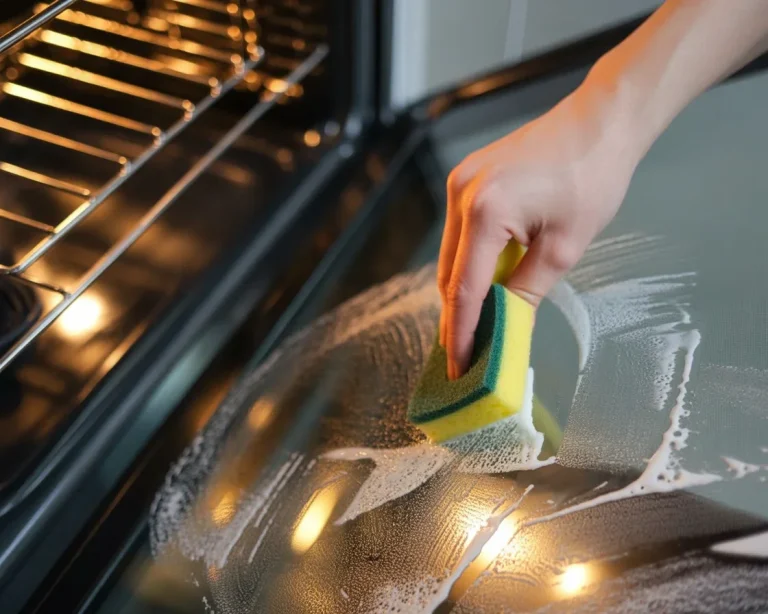How to Deep Clean Your Carpet at Home

How to Deep Clean Your Carpet at Home can feel like one of those chores we avoid until a sock sticks to a mystery spot. I get it. I love a cozy rug, but life happens on carpets, and that means crumbs, spills, and pet moments we do not talk about at dinner. The good news is, you do not need a fancy machine to make your carpet look and feel fresh. With a few budget tools and a simple plan, you can restore softness, lift odors, and bring back that clean-home vibe. Let me show you my step by step method that actually works and does not take all day.
Tools and Materials
Before we start, gather what you need. Having everything within reach makes the process smoother and your results better. Think of it like setting out ingredients before you cook. This is the setup that saves you mid-clean panic.
Basic kit
- Vacuum with a beater bar and a hose attachment
- Baking soda for deodorizing and gentle lift
- White vinegar for neutralizing odors and breaking down residue
- Mild dish soap or carpet detergent that rinses clean
- Hydrogen peroxide 3 percent for tough organic stains like wine or berries
- Spray bottles for mixing solutions
- Microfiber cloths and clean white towels for blotting
- Soft bristle brush or a handheld scrub brush
- Bucket of warm water for rinsing
- Fans or an open window for faster drying
Nice to have
If you have them, a wet dry vacuum and a squeegee can speed up drying and pull up more soil. But you can still get great results with towels, patience, and a little elbow grease.
Prep before you start
Move small furniture out of the way. Pick up toys, socks, and rogue popcorn. Then vacuum slowly in overlapping passes. Go north to south, then east to west. Slow passes matter because the brush needs time to nudge grit up. Sprinkle baking soda across high traffic areas and let it sit for 20 to 30 minutes. It grabs odors and loosens grime so your cleaning solution does more with less scrubbing.
Quick safety notes I always follow: do a spot test in a hidden corner before using any product. Do not mix vinegar with bleach. Wear gloves if your skin is sensitive. Keep pets and kids off the carpet until it is fully dry.
If you are here specifically for How to Deep Clean Your Carpet at Home without drama, this tool list is your cheat sheet. It is simple, affordable, and it works.
When to Deep Clean Carpet
Here is how I decide it is time to deep clean instead of a quick spot fix. If vacuuming leaves the carpet looking dull, if odors return within a day, or if your feet feel a little tacky after walking across it, you are due. Seasonal deep cleaning is smart too. I like doing it in spring to shake off winter dust and again in fall before the house spends more time closed up.
Allergies are another big clue. If sneezing kicks up when you fluff a throw pillow, the carpet is probably holding dust and dander. Pet households might need a deeper clean every 2 to 3 months in high traffic zones. Solo apartment life might be fine with twice a year. The goal is to refresh before the grime gets stubborn.
Watch the edges along baseboards as well. If you see gray lines where the carpet meets the wall, that is filtration soil. It shows the fibers are trapping fine particles that regular vacuuming misses. A deep clean clears that buildup and helps your next clean last longer.
“I tried this schedule after years of random spot cleaning. Deep cleaning every spring and fall cut our musty smells and my morning sniffles. The carpet feels softer and looks newer, even with a dog and a toddler.”
If you want a simple routine for How to Deep Clean Your Carpet at Home, plan it like meal prep. Pick a sunny day, clear the room, and let fans run. You will get a better clean and quicker dry time.
Tackling Tough Stains
Stains are like cooking spills on the stove. The sooner you act, the easier they lift. The number one rule is blot, do not rub. Rubbing pushes the stain deeper and frays fibers. Always start with plain cold water and a white towel to see what lifts before adding soaps or treatments.
Stain by stain fixes
Coffee and tea: Blot with cold water first. Mix 1 cup warm water with 1 teaspoon dish soap and 1 teaspoon white vinegar. Spray lightly, blot, and repeat until the stain fades. Rinse with a damp towel so no soapy film remains. Dry with a clean towel pressed firmly.
Red wine or juice: Blot gently. Sprinkle baking soda to absorb. After 5 minutes, vacuum the powder. Dab with a mix of 1 cup warm water and 1 teaspoon dish soap. For lingering pink, apply a tiny bit of hydrogen peroxide 3 percent to a cloth and blot. Test first on light carpet.
Grease and oil: Lay a dry towel over the spot and press to pull up excess. Sprinkle cornstarch or baking soda and let it sit 10 to 15 minutes, then vacuum. Spot treat with a drop of dish soap in warm water. Work from the outside in, small circles, gentle pressure.
Pet accidents: Blot as much as possible with paper towels. Mix equal parts white vinegar and water, spray, and blot again. Follow with a sprinkle of baking soda. When dry, vacuum thoroughly. If odor lingers, use an enzyme cleaner made for pets to break down proteins. Keep pets away until it is fully dry so the scent does not invite repeat visits.
Mud: Let it dry completely. Vacuum the crumbs. Then mist with warm water and a drop of soap, blot, and repeat. Rubbing wet mud just smears it.
Whatever the stain, finish with a rinse. I take a clean towel, dampen with plain water, and blot to lift residue. Then press a dry towel on top and stand on it for 30 seconds. This little step keeps that crunchy soapy feel from setting in later.
And yes, work in light layers. You want to coax the stain out, not drown the carpet. If you are in the middle of How to Deep Clean Your Carpet at Home and hit a stubborn spot, pause, blot, and give it a few minutes. Sometimes patience beats more product.
What Carpet Cleaning Products Do I Need?

There are lots of bottles in the cleaning aisle, but you do not need many. Simple formulas usually work best because they rinse clean and do not attract more dirt later.
- Dish soap: A tiny amount breaks down greasy soils without heavy perfume.
- White vinegar: Balances odors and helps lift old detergent residue.
- Hydrogen peroxide 3 percent: For organic stains. Use carefully on colored carpets and always test first.
- Baking soda: Odor control and gentle absorption.
- Dedicated carpet detergent: If you prefer store bought, pick one that says residue free.
- Enzyme cleaner: A must for pet accidents so smells do not return.
Skip anything that leaves a heavy scent cloud, since that can mask rather than fix odors. Always dilute according to directions and keep a rinse step in your routine. That is the secret to fresh fibers that do not re soil fast.
For wool or specialty rugs, choose products labeled safe for that fiber. If in doubt, ask the rug maker or do a chat with the brand. Trusted info helps you nail How to Deep Clean Your Carpet at Home without risking discoloration or stiffness.
How Do I Clean My Carpet Without a Carpet Cleaning Machine?
Here is my exact method for a full room refresh using things you already own. It is like a weekend soup recipe. Slow, simple, and very satisfying.
1. Vacuum thoughtfully: Go slow in two directions and use the crevice tool along baseboards and under radiators. The more dry soil you remove, the better the deep clean goes.
2. Deodorize and pre treat: Sprinkle baking soda on traffic lanes and let it sit 20 to 30 minutes. For visibly grubby areas, mist a light solution of warm water and a drop of dish soap, then let it rest for 5 minutes.
3. Mix your main cleaner: In a spray bottle, combine 2 cups warm water, 1 teaspoon dish soap, and 1 tablespoon white vinegar. Shake gently.
4. Work in sections: Spray a 2 by 2 foot area until slightly damp, not soaked. Use a soft brush to loosen soil with short, gentle strokes. Blot with a clean towel. You will see the towel grab the grime. Repeat once more if needed.
5. Rinse: Dip a fresh towel in plain warm water, wring it well, and blot the same area to lift residue. This step keeps fibers soft. Do not skip it.
6. Dry: Lay a dry towel over the area and press, or stand on it. Rotate to fresh dry towels as they get damp. Turn on fans, crack a window, and avoid walking on the carpet until it is dry to the touch. Faster dry time means fewer chances for musty smells.
7. Fluff the fibers: Once dry, vacuum again to lift the pile and collect any last crumbs. It makes a huge difference in that fresh, springy feel.
This process is the heart of How to Deep Clean Your Carpet at Home when you do not own a machine. It is calm, methodical, and completely doable in an afternoon for most rooms. If your carpet is very thick or heavily soiled, break the room into halves across two days so you get thorough cleaning and proper dry time.
Common Questions
How long does it take carpet to dry? With good airflow, most carpets dry in 4 to 8 hours. Use fans, open windows, and avoid oversaturating. Pressing towels to pull moisture speeds it up.
Can I mix vinegar and baking soda directly on the carpet? You can, but the fizz often creates a salty film. I prefer baking soda first, vacuum after it dries, then use a vinegar solution if needed. Always rinse.
Will vinegar fade my carpet? Not usually at the right dilution, but always do a spot test in a closet corner. For wool or bright dyes, follow the manufacturer’s advice.
How do I stop stains from coming back? Rinse well after cleaning and dry completely. Leftover soap attracts dirt. Blot with clean water, then press dry towels and run a fan.
Is professional cleaning still necessary? For very old stains, flood damage, or delicate fibers, yes. Otherwise, a careful at home routine can keep most carpets in great shape between pro visits.
A Cozy Home Starts Under Your Feet
There you have it. A practical plan for How to Deep Clean Your Carpet at Home that keeps things simple and effective. Gather your core tools, clean in small sections, rinse well, and dry fast for the softest results. Your space will smell fresher, look brighter, and feel like new under your toes. Go for it, and enjoy that first clean carpet step.


